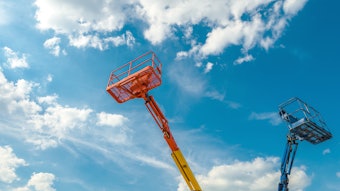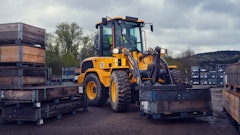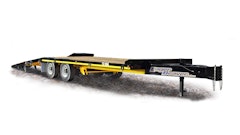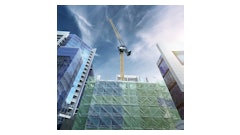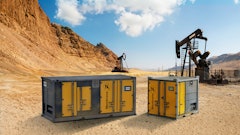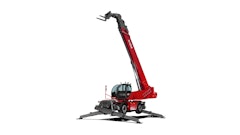Compact tool carriers are popular because of their versatility. When the construction market bounces back, sources say these little power houses will be highly sought after to help with the numerous projects that will need to be completed. And when the market returns, contractors may not be ready to buy, but they will be willing to rent.
In other words, make sure your rental business is ready for compact tool carrier demand by having the right machines in inventory. One area of selection you'll have to consider when purchasing this type of unit is whether to buy a walk-behind machine or one with a stand-on platform that users can ride on.
Walk behinds
"The evolution of compact tool carriers begins with the walk-behind unit," says Matt Collins, product manager with Ditch Witch; the company offers both ride-on and walk-behind machines. "These units started out as walk-behind machines."
Walk-behind units offer a slower, comfortable walking speed and are ideal for novice operators, like homeowners.
"The ability to walk away from the machine makes novice users more comfortable," says Greg Lawrence, product marketing manager for Toro.
And there's certain applications, like trail building with low limbs, where it makes more sense to use a walk-behind unit.
The downside to walk-behind compact tool carriers? Well, all that walking can be tiring. And if you're a contractor with a lot of ground to cover, a stand-on platform is what you're going to want.
Stand-on units
Compact tool carriers may have started out with a walk-behind design, but there is definitely a trend toward units with stand-on platforms that operators can ride. As Andy Lewis with BOXER Equipment says, "Why walk when you can ride?"
"These guys are on jobsites with mud and sand or established turf that they don't want to disturb," he explains. "When you have a stand-on platform, you're keeping the operator out of all that worksite debris."
You're also keeping them from tripping into holes or over hazards, lessening their risk of injury, says Jon Kuyers, utility products segment manager with Vermeer, which offers only ride-on compact tool carriers. Of course, when they're not walking, there's less operator fatigue.
Another safety advantage: better visibility. "Standing on the platform, operators can see the edge of the bucket and they have better visibility to the attachment," says Kuyers. "On the platform, the all-around visibility is just better."
In addition to ergonomics, perhaps the best advantage for operators is the greater productivity output ride-on units give versus a walk-behind machine.
"Contractors, especially, are looking for high production and ground drive speed," says Collins. "They're using buckets to move dirt, for example, and they need to move it fast.
"There will always be a market for walk-behind compact tool carriers," he continues. "But now we're seeing more of a demand for stand-on platforms and ride-on units."
Best of Both Worlds
There are advantages and disadvantages to both stand-on and walk-behind units, depending on the type of job you are working on. Now there's a compact tool carrier that offers both the ability to walk behind or ride on.
Available on all its tracked units, Toro offers the TX platform, which gives operators the option of switching between having a ride-on or a walk-behind machine.
"Toro's TX platform has the ability to self store against the machine, allowing an operator to walk behind the machine, if necessary," says Greg Lawrence with Toro. "When the operator decides to ride, they simply retract the platform, and off they go."





